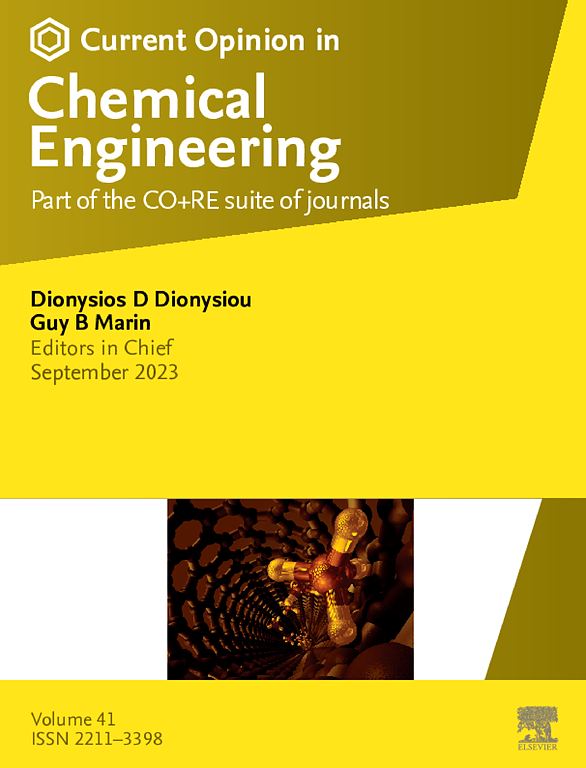Tantalum nitride photoanodes: a promising future for photoelectrochemical water splitting?
IF 6.8
2区 工程技术
Q1 BIOTECHNOLOGY & APPLIED MICROBIOLOGY
引用次数: 0
Abstract
Photoelectrochemical (PEC) water splitting is a promising method for sustainable hydrogen production. Among potential materials, tantalum nitride (Ta3N5) has emerged as a leading candidate due to its favorable band gap and high theoretical efficiency. This review highlights recent advancements in the synthesis, doping, and surface modification of Ta3N5 photoanodes, which have enabled photocurrent densities approaching the material’s theoretical limit of 12.9 mA/cm² at 1.23 V vs. RHE. Despite these advancements, significant challenges remain, particularly in achieving long-term stability. We critically evaluate the feasibility of meeting the U.S. Department of Energy’s targets and provide insights into more achievable and realistic goals for PEC systems based on Ta3N5, focusing on efficiency, lifetime, and cost competitiveness.
氮化钽光阳极:光电化学水分解的前景?
光电化学水分解是一种很有前途的可持续制氢方法。在潜在的材料中,氮化钽(Ta3N5)由于其良好的带隙和较高的理论效率而成为主要的候选材料。本文重点介绍了Ta3N5光阳极的合成、掺杂和表面改性方面的最新进展,这些进展使Ta3N5光阳极在1.23 V时的光电流密度接近材料的理论极限12.9 mA/cm²。尽管取得了这些进展,但仍存在重大挑战,特别是在实现长期稳定方面。我们批判性地评估了满足美国能源部目标的可行性,并为基于Ta3N5的PEC系统提供了更多可实现和现实的目标,重点关注效率、寿命和成本竞争力。
本文章由计算机程序翻译,如有差异,请以英文原文为准。
求助全文
约1分钟内获得全文
求助全文
来源期刊

Current Opinion in Chemical Engineering
BIOTECHNOLOGY & APPLIED MICROBIOLOGYENGINE-ENGINEERING, CHEMICAL
CiteScore
12.80
自引率
3.00%
发文量
114
期刊介绍:
Current Opinion in Chemical Engineering is devoted to bringing forth short and focused review articles written by experts on current advances in different areas of chemical engineering. Only invited review articles will be published.
The goals of each review article in Current Opinion in Chemical Engineering are:
1. To acquaint the reader/researcher with the most important recent papers in the given topic.
2. To provide the reader with the views/opinions of the expert in each topic.
The reviews are short (about 2500 words or 5-10 printed pages with figures) and serve as an invaluable source of information for researchers, teachers, professionals and students. The reviews also aim to stimulate exchange of ideas among experts.
Themed sections:
Each review will focus on particular aspects of one of the following themed sections of chemical engineering:
1. Nanotechnology
2. Energy and environmental engineering
3. Biotechnology and bioprocess engineering
4. Biological engineering (covering tissue engineering, regenerative medicine, drug delivery)
5. Separation engineering (covering membrane technologies, adsorbents, desalination, distillation etc.)
6. Materials engineering (covering biomaterials, inorganic especially ceramic materials, nanostructured materials).
7. Process systems engineering
8. Reaction engineering and catalysis.
 求助内容:
求助内容: 应助结果提醒方式:
应助结果提醒方式:


